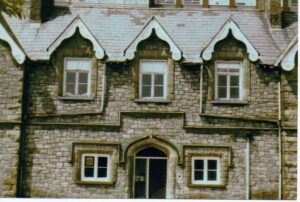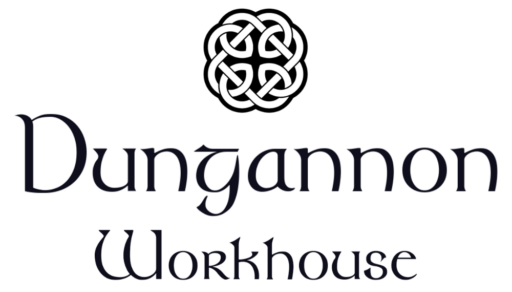The Dungannon Poor Law Union
The Dungannon Workhouse was built to accommodate people from the areas of :
Aghnahoe, Altmore, Ballymagran, Benburb, Bernagh, Brantry, Castle Caulfield, Clonaneese, Clonavaddy, Crossdermot, Derrygortrevy, Drumaspil, Donaghmore, Dungannon, Meenagh, Minterburn, Mountjoy, Moy, and Tullyniskin. 
The Dungannon Poor Law Union covered an area of 160 square miles. It incorporated 19 electoral divisions which catered for a population of over 66,000 people. Its operation was overseen by 26 poor law guardians, who met on a weekly basis to oversee the management of the workhouse and of the wider poor law union.
The Valuation of the Union
The Dungannon Poor Law Union was declared on 20 July 1839, and just over six weeks later on 29 August 1839 a committee consisting of the chairman, three ex-officio and six elected guardians were appointed to inquire and report as to existing surveys and valuations. The committee made a report which was unanimously adopted by the board on 5 September 1839 that the government valuation might safely be taken as the basis on which to found the valuation adding to it such property not found to be included in it as the law required to be rated and that advertisements should be published for a competent valuator to undertake the revision correction and completion of the same so that each occupiers holding should be properly set forward as required by law. The committee further reported that an evaluation committee should be appointed to superintend the progress of the valuation. The usual advertisements for competent valuators having been published, Mr Robert Wilson was unanimously chosen the valuator on 26 September 1839. During the previous ten years Wilson, a surveyor and valuator, had surveyed the greatest proportion of the union the maps and service and had the maps in his possession.




